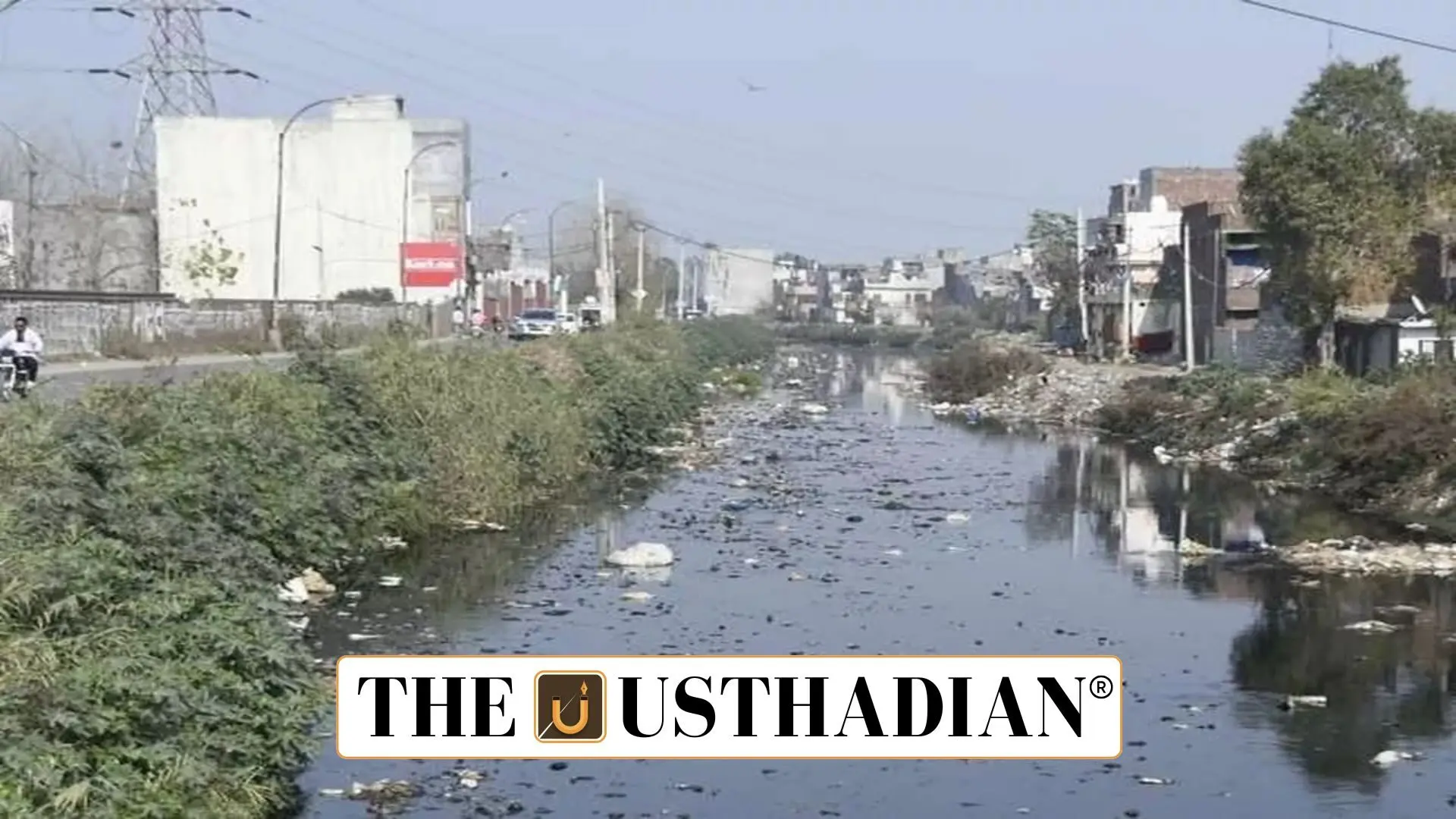Chennai and Salem Rivers Raise Alarm Bells
Tamil Nadu’s Rivers Under Pollution Watch: CPCB Flags Critical Stretches: In a startling environmental development, the Central Pollution Control Board (CPCB) has spotlighted four rivers in Tamil Nadu as the most critically polluted water bodies in the state. These rivers—Adyar, Cooum, Thirumanimuthar, and Vasishta—fall under Priority Class I, which indicates the highest level of pollution, especially in terms of Biochemical Oxygen Demand (BOD) levels.
What Makes a River ‘Priority I’?
The CPCB categorises river stretches into five pollution priority classes. Class I is the worst, usually indicating a BOD level of more than 30 mg/L. For context, the permissible BOD level for bathing water is just 3 mg/L. Anything beyond that makes the water unsafe for any kind of human contact.
In this case, Cooum river, running from Avadi to Sathya Nagar, shocked experts with a BOD level of 345 mg/L—over 100 times higher than the safe bathing standard. This makes Cooum possibly the most polluted urban river stretch in India.
A Closer Look at Tamil Nadu’s Polluted Rivers
Altogether, 10 polluted river stretches in Tamil Nadu have been flagged by the CPCB. These include not just Chennai’s Adyar and Cooum, but also Cauvery, Bhavani, and Amravati, among others. Each river has its own story.
For example, Cauvery, which is revered as a life-giving river in southern India, is now dealing with severe contamination from Mettur to Pitchavaram, especially near industrial and urban zones like Erode and Trichy. Thirumanimuthar and Vasishta, both flowing through Salem, are equally alarming, with BOD levels of 56 and 230 mg/L respectively.
Why Is This a Big Deal?
These rivers are not just geographical features—they are the lifelines of Tamil Nadu’s cities and villages. Many communities rely on them for daily needs—washing, bathing, sometimes even drinking. When pollution reaches this scale, it directly impacts public health, aquatic life, and local economies.
Think about it—if farmers use polluted water for irrigation, the contamination could pass into the food chain. Similarly, reduced fish populations impact those who depend on fishing for their livelihood.
What Can Be Done?
The government needs to enforce strict waste disposal norms, especially for industries and sewage treatment plants located near riverbanks. Public awareness campaigns are also essential. Communities must be educated on the health risks of untreated wastewater and the value of river conservation.
Already, Tamil Nadu has invested in urban river restoration—but more urgent and transparent action is needed if these rivers are to be restored.
Static GK Snapshot
| Topic | Details |
| Most Polluted River Stretch | Cooum (Avadi to Sathya Nagar) – BOD: 345 mg/L |
| Permissible BOD Limit | 3 mg/L for bathing waters |
| Total Polluted Stretches in TN | 10 |
| Priority I Rivers | Adyar, Cooum, Thirumanimuthar, Vasishta |
| CPCB Full Form | Central Pollution Control Board |
| Headquarters of CPCB | New Delhi |
| Cauvery Pollution Zones | Mettur, Erode, Trichy, Pitchavaram |








